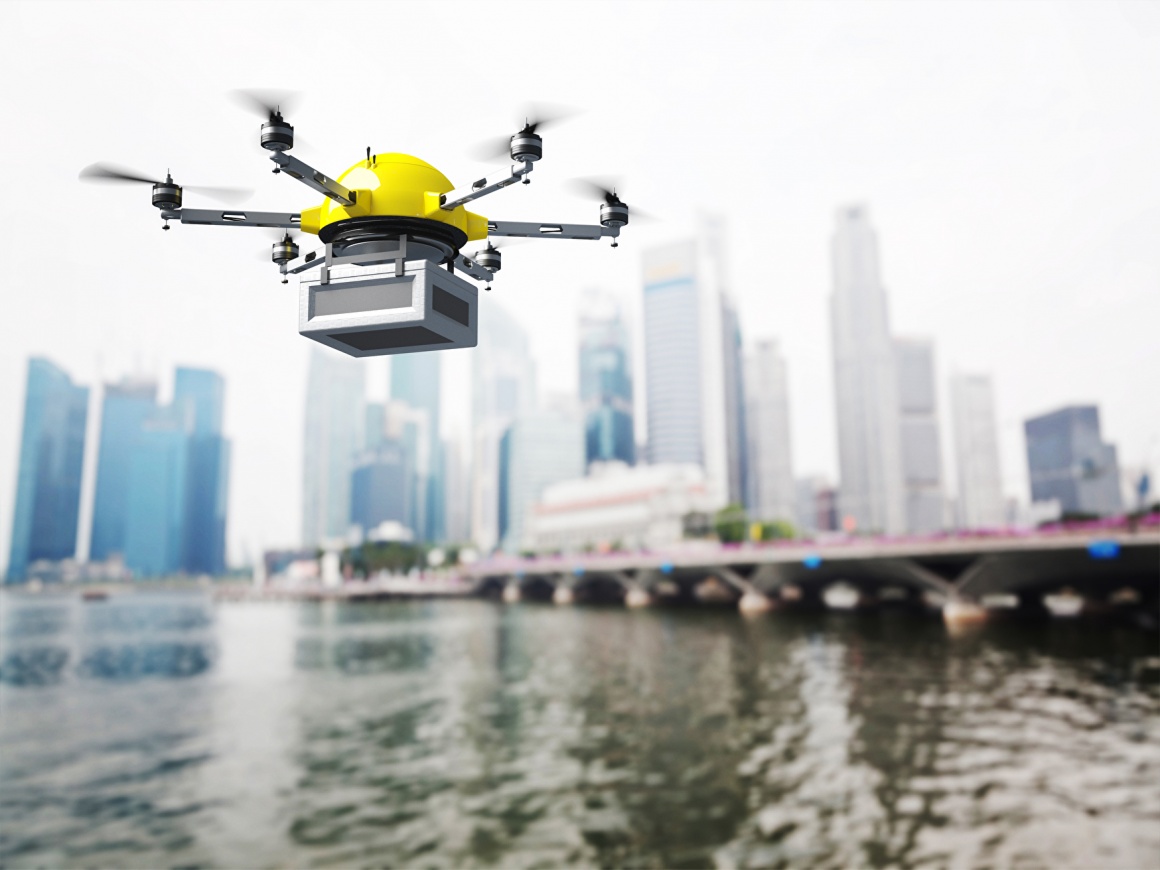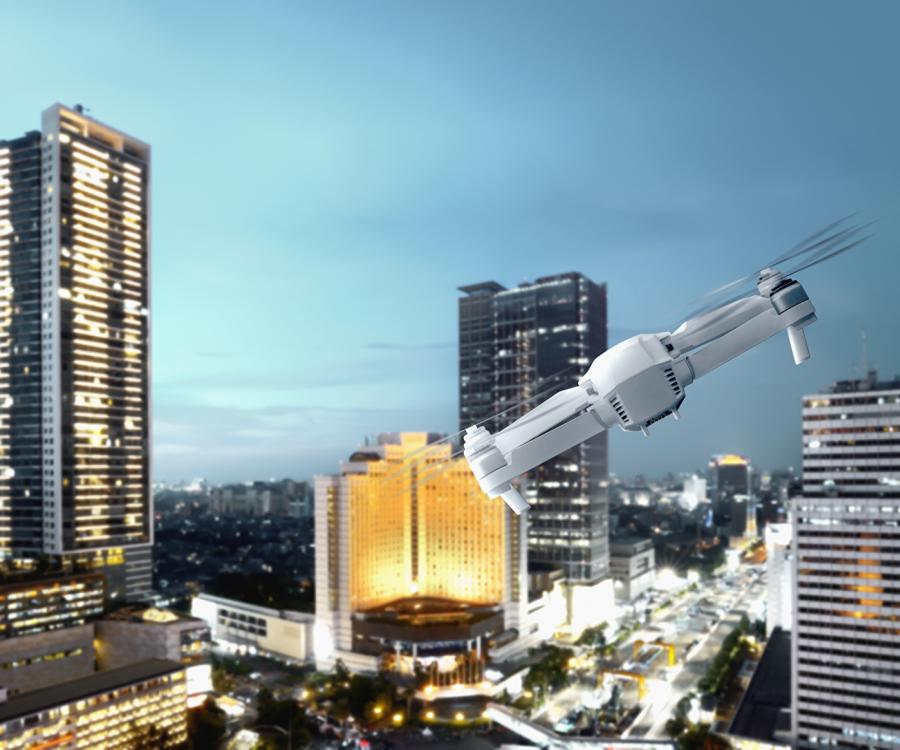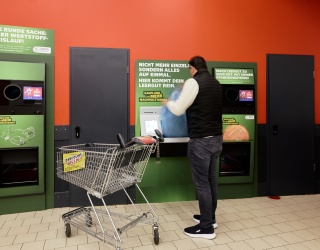
Consumers want what they want, and they want it now. Drone delivery has long been talked about as an option to satisfy consumer delivery demands, but how realistic is it? New research in the INFORMS journal Transportation Science looks at how possible and desirable it is to use drones for delivery for e-retailers considering cost and effectiveness in certain population areas and in certain locations.
The study, conducted by Gohram Baloch and Fatma Gzara, both of the University of Waterloo in Ontario, Canada, uses New York City as an example and looks at data surrounding the Manhattan area. The authors separated the area into boroughs based on population and size. Baloch and Gzara said they chose New York because the world's largest e-retail company, Amazon, first started its 2-hour delivery services in the Big Apple.
"We analyze the tradeoffs between distribution costs and revenues under varying social difficulties with drones like customer preferences and regulatory and technological limitations. We then can make educated decisions on how many facilities to open, which services to offer at that facility and which services to make available to customers in certain areas," said Gzara, a professor in the Department of Management Sciences at Waterloo.
The optimal design for the test locations in New York City, based on all factors, is three drone facilities covering 75 percent of the New York City area and 34 percent of the population. Opening a fourth facility increases area and population coverage to 84 percent and 38 percent, respectively, but the increase in operation cost is not enough to cover the facility costs.
The modeling and analysis can be used by e-retailers to analyze the economic desirability of offering a drone package delivery and its effect on their network. Regulatory bodies can use the work to test the impact of regulations on potential adaptation of drone deliveries by the e-retail industry.
"Our results show that government regulations, technological limitations, and service charge decisions play a vital role in optimal configurations and drone target markets," continued Gzara. "Under current drone landing capabilities, a drone delivery service may not be possible in a densely populated area like Manhattan where demand for such a service is expected to be high."
Baloch and Gzara said under the right technological capabilities and regulations, e-retailers can reach smaller markets and more price sensitive customers by possibly offering discounts on drone delivered orders.






